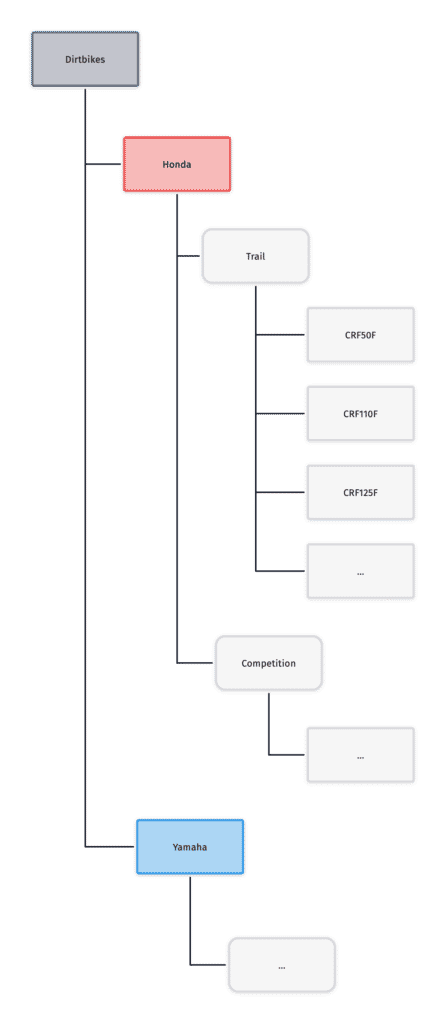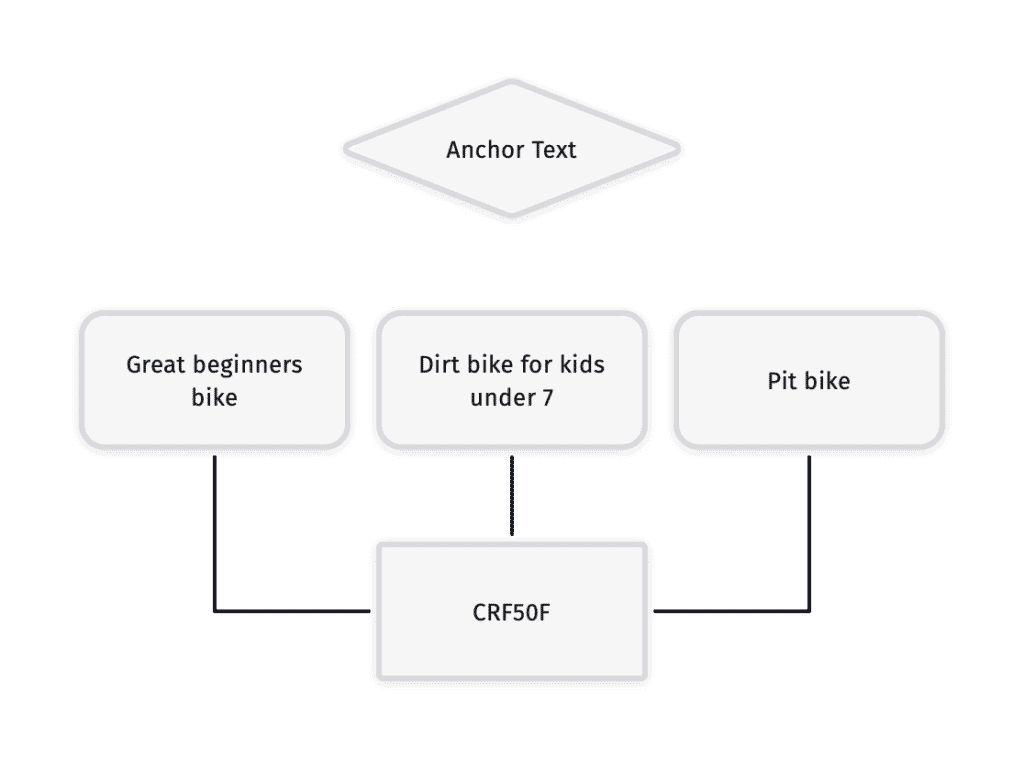
Table of Contents
What is Siloing?
Siloing is a method of grouping related pages together in an architectural structure or link-based hierarchy.
This sorting and organizing your web silo is similar to how a grocery store organizes its products. You may not connect Coffee and Granola bars, but they are both found in the breakfast aisle. This sorting and organizing make it easier to locate and better understand what new products are used for.
Search engines closely review your site structure to define your site’s primary topics and whether there is sufficient keyword-supporting content.
Siloing is a content marketing technique used to improve the relevancy of your page for your desired search term. Links are strategically used within sections passing PageRank (e.g., linking value) between closely related pages and landing pages, reinforcing these topics.
Google’s Panda algorithm, which rewards quality content, can identify if your website is based on many targeted keywords thrown together or valuable content created for users; this is why Silo’ing your website is so important.
Types of Siloing
There are two silo techniques:
- Physical Siloing: through the directory structure
- Virtual Siloing: through the linking structure
What Is Physical Siloing?
Physical siloing is organizing your pages under a parent/child structure. This structure organizes topics.
example.com/dogs/husky
example.com/dogs/rhodesian-ridgeback
example.com/dogs/weimaraner
When silo’ing, you can never have one topic in two-parent categories.
example.com/android/android-chargers/
example.com/iphone/iphone-chargers/
Although similar, they must stay in their category.
What Is Virtual Siloing?
Virtual siloing uses the internal link structure by grouping related pages, separating unrelated pages, and strengthening the siloed landing pages.
While physical siloing requires related pages to be located within the same directory, a virtual silo is created by links between theme-related pages.
Clearly defined goals deliver clearly defined results.
By linking tightly related themes (related words), you are consolidating topic relevance to a section of your site, adding top-level parent pages and supportive children pages for each SEO silo; a site hierarchy emerges based on linking patterns alone.
Supporting pages should always link up to their silo landing page. Cross-links between silos should be avoided except for silo top landing pages. Random links between silos would weaken the theme; no subpage within a silo should link to a subpage in another silo.

We suggest using the virtual silo approach, reinforced by the physical silo approach when possible, for the best effectiveness.
Flat vs Siloed Site Structure
Flat architecture, or “horizontal architecture,” is regularly used on blogs. Many Search Engine Optimization Experts suggest a flat structure for sites, but I prefer siloing website content using “vertical architecture.”

Deeper architectural structures allow for logical grouping of content and less navigational confusion. Deep structures make it easier to understand web traffic at each level.

Blogs have a flat structure; this is why everything shouldn’t be a blog post.
News, corporate announcements, various PR, and entertainment are types of content that should be in your blog. Any informational resources should not be a blog.
Benefits of Siloing
Silos convey topic relevance, depth, and expertise to search engines. This technique emphasizes expertise in your site by spotlighting the central topics of your site in a hierarchy-based system. It regularly results in notable traffic increases for primary pages based on how you properly share information.
How to Silo Your Website
Here is the process of siloing a website:
Determine Topics Strategy
First, you need to get into the silo mentality and determine your web resource’s overall content and topics strategy.
To use an example, if you were to create a website about dirt bikes, what are all of the topics (Relevant keywords) you would want to cover?
A great website to find keyword research ideas is alsoasked.com.

Silo Layout
Second, you need to choose your siloing strategy and layout.
Using the same example. You will need to plan how to organize the data. Would you organize by brand or by type (trail, competition, dual-sport, trials)? You determine this organization by what your end goals are. If you were building out an eCommerce website, you could also virtually silo the content by payment (e.g., lease, finance, visa, debit card) or price (e.g., $1-$100).

Linking
After planning your site structure, you need to plan your linking structure.
You need to be mindful of adding anchor-rich backlinks within each content silo, showing Google and Users examples of proper search intent.
This process will improve PageRank amongst pages.

Build it out
When all the planning has been completed, you will need to implement and build your silos.
If you use WordPress as your CMS (content management system), you will want to generate parent and child pages to create the physical silo and categories to build the virtual silo. If you have hundreds of pages to upload, I recommend starting with a plugin like BulkPress to automate most of the process.

If you have any questions about silo’ing strategies for improving ROI, please don’t hesitate to contact us.
Published on: 2021-02-19
Updated on: 2025-02-15